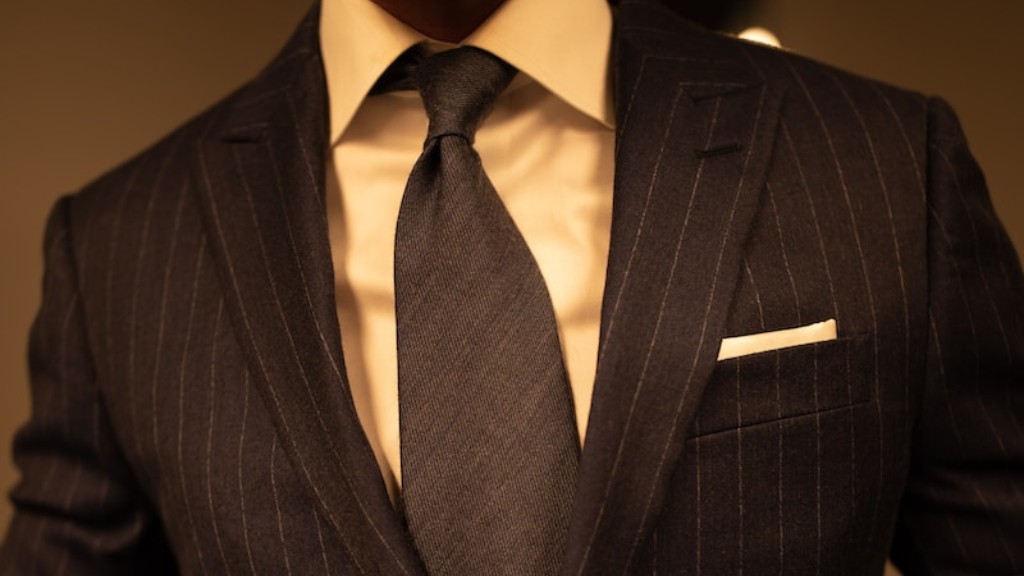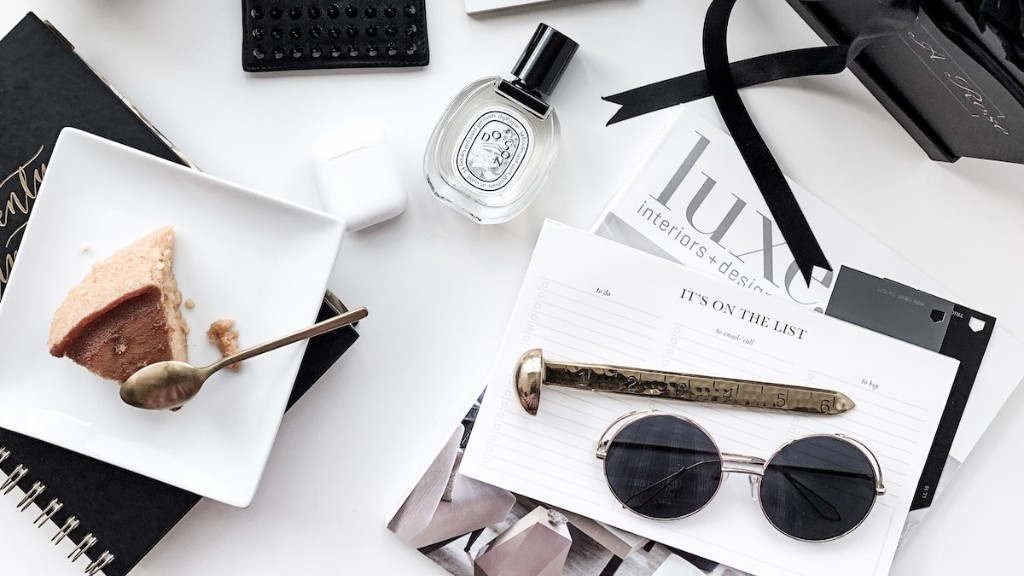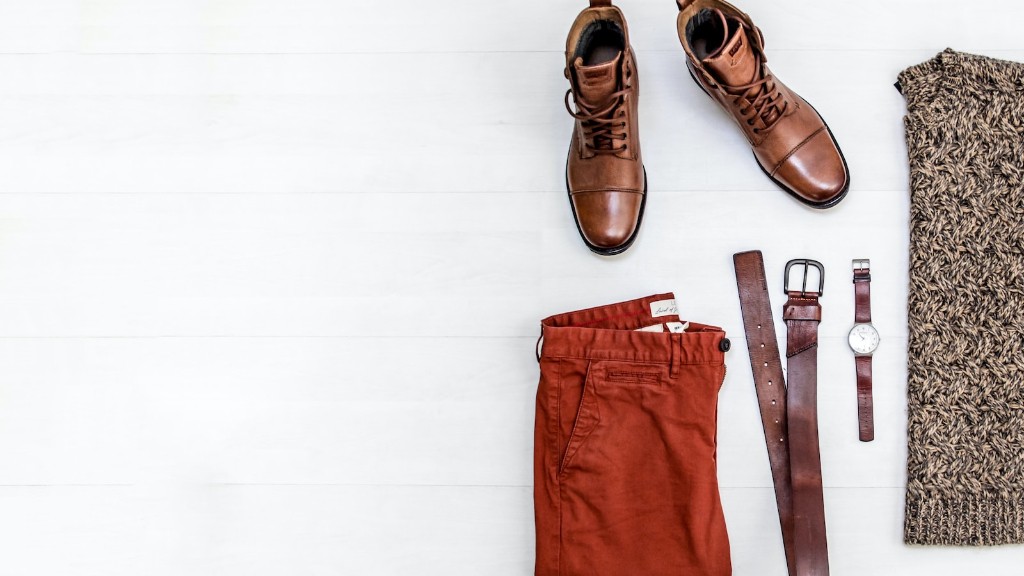Harlem Renaissance Men Fashion
The Harlem Renaissance was a perceptive shift in literature, art, and culture that began in the 1920s and had a significant impact on African-American liberation and expression. It is a period of intellectual and creative awakening that had a strong influence on popular culture and fashion. It was the first time Black culture was prominently visible in the mainstream, and the fashion choices of Harlem Renaissance men helped to pave the way for the unique style choices of today’s Black men.
The most iconic look comprised of wide brimmed hats, long coats paired with bright colour combinations, sharp bow ties, intricate belts, stylish pocket squares, bowler caps, two-tone shoes, thick glasses, and hats galore. This look was especially fashionable on the dance floors of the best Harlem jazz clubs. Tailoring was essential for creating this look, as everything needed to fit perfectly to pull the outfit together. Men of the period mostly wore three-piece suits with close-fitting pants, vests, and coats. They were also known for vibrant, printed or patterned fabrics with bold colours like red, blue, and purple for their suits and trousers.
Aside from tailoring, materials were just as important as form. Fine materials were used for suits, shirts, ties, and other accessories like pocket squares. Cashmere, English worsted wool, and linen were the most popular materials used to create edge and luxury. While luxury items were popular, thrift was also prevalent within the Harlem fashion scene. Men of the era could find secondhand or clearance items at thrift stores that could be turned into one-of-a-kind pieces of clothing.
The Harlem Renaissance fashion wasn’t just street style. As the movement was a celebration of Black culture, Black men had the opportunity to express their artistry through their clothing – truly giving a voice to this generation. In an essay in Savoy magazine, Alain Locke, a leading architect of the Harlem Renaissance, wrote about the expression of fashion in this period:
“Clothes made for a new style of man, who was fitted for shining bronze, golden tan, and silken fray – a dandy on Lenox Avenue, the cream of the top hat set, and the epicene of the popular butterfly collar and inflated pantaloons.”
Indeed, the time was revolutionary, birthing a new era and ultimately powerful identity for African-American men to take charge of their own style and individuality. Famous men of the period like Duke Ellington, Louis Armstrong, and Zora Neale Hurston, wore their personal interpretations of the look, making it all the more unique and timeless.
The Harlem Renaissance fashion is still relevant today, as more African-American men are finding their voice through style. To have a true appreciation of the modern fashionable man, one must look back to the pivotal moment of the Harlem Renaissance.
Influence of Popular Media
Popular media offered further visual references to shape the Harlem Renaissance style. Theater, film, and music were major influences on dress during that time. Jazz musicians would wear matching suits that often contained bright shiny elements. The jazz genre itself influenced the fashion of the era, with the beat, rhythms, and style being embraced within the clothing of the time. Swim suits and robes became popular during this period, as they represented freedom and leisurewear, a look inspired by the iconic photographer James Van Der Zee and Afro-Futurism.
The major fashion icon of the period was Duke Ellington, whose look was inspired by the affluent city folks of the time. From his broad-brimmed hats down to his two-tone shoes, Ellington was an inspiration to many. Famed rapper Kurtis Blow also revived the Harlem Renaissance style with the look of his self-titled group, “Kurtis Blow and His All-Star Band”. He brought back classy tailoring seen in three-piece suits paired with bellbottoms, all with his own kick of street glamor.
Today, modern trends like J-Hope-inspired tulle suits or chunky scarves have been popularized by successful Black fashion icons, and it all had to start somewhere. The lasting influence of the Harlem Renaissance style made it possible for Black men to confidently rock tailored looks without fear of being judged for expressing themselves through fashion.
Nature of Gentlemen’s Clubs
The nature of gentlemen’s clubs in the Harlem Renaissance was also an important factor in the development of fashion in this period. Clubs like the Cotton Club became famous for their opulence and were frequented by various famous musicians and celebrities. These aristocratic clubs had a certain dress code which had to be followed. Men had to wear hats, three-piece suits, straight-leg trousers, wingtip shoes, and long tweed coats. This dress code was enforced to ensure that the club remained luxurious, and thus a status symbol for the elite. The style associated with these clubs had a significant influence on popular culture, and it was not uncommon to see men on the streets dressed like they were stepping out of a cabaret.
Furthermore, fashion shows during this period held in cabarets and clubs gave Black men access to up-to-date fashion trends. The shows offered a range of clothing that was fashionable and understated at the same time. They inspired many of the fashionable celebrities of the time to assemble new looks that blended old and new styles. This allowed African-American fashion to reach wider audiences and become fully integrated into mainstream culture.
The lasting effect of the men’s fashion of the Harlem Renaissance is seen in today’s style. Looking back to this period can give insight into the cultural impact of fashion and the importance of allowing Black men to express themselves. The style of the era was a demonstration of freedom and creativity, which today’s Black men should equally embrace.
Intertwining of African and American Culture
The Harlem Renaissance was an era of creativity – an intertwining of African and American culture. This integration is most evident in the men’s fashion of the period and can be seen in the prevalence of natural fabrics, indigenous prints, and pieces from the African Diaspora. From traditional kente fabric to berets, men of the time embraced a wide range of styles from both African and American culture to create looks that were uniquely their own.
The combination of these elements created a new type of fashion, as African-American men ended the idea that African-inspired clothing had to be limited to traditional garbs. Khaki trousers, leisure jackets, and lapel pins were added to the popular uniform of the period. The fit and shape began to change and garments began to be tailored more precisely – a sign that the style of the era was nearing modernity.
The Harlem Renaissance fashion for men also helped to revolutionize the roles of male beauty. For the first time, men were celebrated for their individual style and capacity to express themselves in this manner. This was an important movement in modern fashion, as it provided a new outlook on the beauty standard for African-American men.
The men of the Harlem Renaissance revolutionized the way in which African-American style was viewed. They embraced a range of elements from African and American culture to create something that was uniquely their own. By embracing freedom and creativity, they expressed a new type of fashion that made an impact on the style of the time and still remains relevant today.
Celebrities and Their Influence
The Harlem Renaissance fashion also brought about a number of Black celebrities who made an impact on the style of the era. From Louis Armstrong to Zora Neale Hurston, there were a number of high-profile artists, writers, and musicians who embraced the freedom of the time and expressed this through their style. This also extended to sports stars, such as Sugar Ray Robinson, who combined tailoring, the legacy of the South, and African inspired garments to create fashionable streetwear.
The iconic style of the Harlem Renaissance men was immortalized by the John Robert Powers hairstyling salons, where the intricately trimmed hair of the Harlem Renaissance men remains a popular choice for many stylish Black men today. The signature style of the era continues to influence modern Black fashion and can be seen in the recent trend of two-tone shoes, crisp pressed trousers, and perfectly tailored suits.
The influence that the men of the Harlem Renaissance had on fashion is undeniable. From the steps of dance halls to the red carpets of today, these men created something unique that has been embraced throughout the world. Their stylishness has become an iconic part of Black culture, and its legacy remains an integral part of modern Black fashion.
Intersection of Fashion and Politics
The politicized nature of fashion during the Harlem Renaissance should also not be underestimated. With the downbeat suppression of Black culture and expression up to this point, fashion served to both liberate and to celebrate the sense of African-American pride and identity. As African





